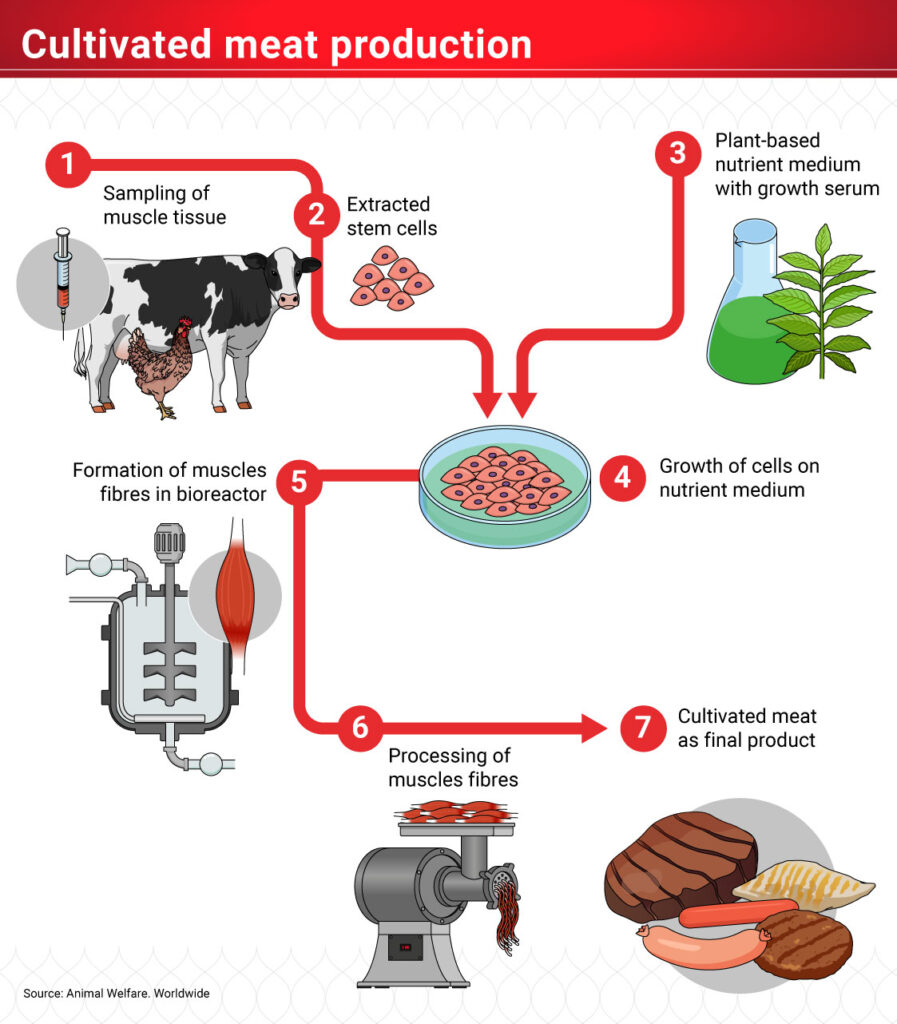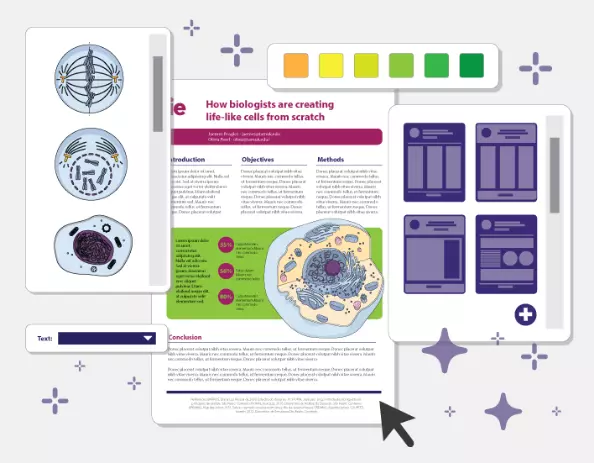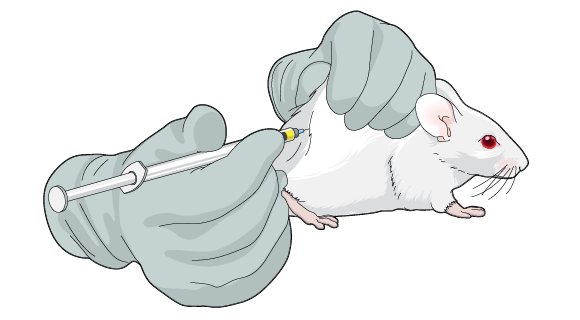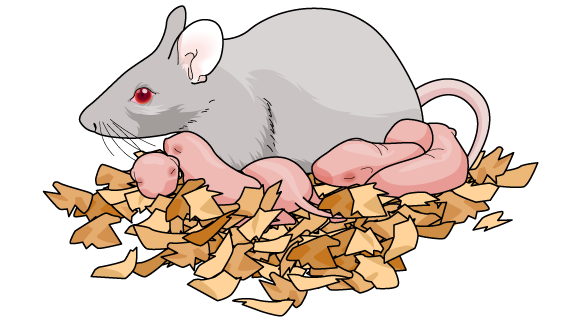As the world’s population continues to grow, it’s becoming increasingly challenging to sustainably feed everyone. The food industry is responsible for a significant amount of greenhouse gas emissions, deforestation, and water consumption. While there have been efforts to reduce the environmental impact of animal agriculture, such as plant-based diets and sustainable farming practices, these solutions may not be enough to meet the growing demand for meat. This is where cultivated meat comes in.
In this article, we’ll explore what cultivated meat is, how it’s made, its benefits, and its potential to transform the food industry.
What is Cultivated Meat?
Cultivated meat, also known as cell-based meat or lab-grown meat, is meat that’s grown from animal cells in a laboratory instead of being raised and slaughtered on a farm. The process involves taking a small sample of animal cells, such as muscle cells, and placing them in a nutrient-rich environment where they can grow and multiply.
The cells are then harvested and processed into various types of meat, such as burgers, sausages, and nuggets. The end product is essentially the same as conventionally produced meat but without the need to raise and slaughter animals.
How is Cultivated Meat Made?

The process of making cultivated meat involves several steps. First, a small sample of animal cells is taken, usually through a biopsy. These cells are then placed in a bioreactor, which is a vessel designed to provide the cells with the necessary nutrients and environment to grow and multiply.
The cells are then incubated and given time to grow and form muscle tissue. This can take anywhere from a few days to several weeks, depending on the type of meat being produced.
Once the muscle tissue has formed, it’s harvested and processed into various types of meat products, such as burgers, sausages, and nuggets. The end product is then packaged and sold to consumers.
Is Lab-Grown Meat healthy?
One of the potential benefits of lab-grown meat is that it has the potential to be healthier than conventionally produced meat. Cultivated meat can be produced without the use of antibiotics or hormones, which are commonly used in animal agriculture to promote growth and prevent disease. Additionally, lab-grown meat can be tailored to meet specific nutritional needs, such as producing meat with lower levels of saturated fat or higher levels of certain vitamins and minerals.
However, it’s important to note that the health benefits of lab-grown meat will depend on how it’s produced and processed. If lab-grown meat is heavily processed and contains added ingredients such as preservatives or artificial flavors, it may not be any healthier than conventionally produced meat. Additionally, if the production process involves the use of harmful chemicals or additives, it could have negative impacts on the health of consumers. As with any food product, it’s important to carefully evaluate the ingredients and nutritional information of lab-grown meat products before consuming them.
Benefits of Cultivated Meat
There are several benefits to cultivating meat in a laboratory, including:
Sustainability
Cultivated meat has the potential to be much more sustainable than conventionally produced meat. It requires significantly less land, water, and energy to produce, and it produces far fewer greenhouse gas emissions.
Animal welfare
By producing meat without the need to raise and slaughter animals, cultivated meat has the potential to significantly improve animal welfare. It eliminates the need for crowded and stressful living conditions, and it reduces the number of animals that are slaughtered for food.
Food security
As the world’s population continues to grow, there’s a growing need for sustainable protein sources. Cultivated meat has the potential to provide a sustainable and scalable source of protein, reducing the reliance on animal agriculture.
Health
Cultivated meat has the potential to be much healthier than conventionally produced meat. It can be produced without the use of antibiotics or hormones, and it can be tailored to meet specific nutritional needs.

Challenges of Cultivated Meat
While there are many benefits to cultivated meat, there are also several challenges that need to be addressed, including:
Cost
Currently, the cost of producing cultivated meat is much higher than conventionally produced meat. However, as the technology improves and economies of scale are achieved, the cost is expected to decrease.
Regulation
The regulatory landscape for cultivated meat is still developing. Many countries are still in the process of determining how to classify and regulate cultivated meat, which could impact its availability and accessibility.
Consumer acceptance
Some consumers may be hesitant to try cultivated meat due to its novelty and the perception that it’s not “real” meat. There may also be concerns around the safety and taste of the product. However, as more information becomes available and the technology improves, it’s possible that consumer acceptance of cultivated meat will increase.
Overall, cultivated meat has the potential to revolutionize the food industry by providing a sustainable and ethical alternative to conventionally produced meat. While there are still challenges that need to be addressed, the benefits of cultivated meat are significant, and it’s an exciting development in the field of sustainable agriculture.
The impact of cultivated meat on the food industry
The impact of cultivated meat on the food industry could be significant. One of the primary benefits of lab-grown meat is that it has the potential to be much more sustainable than conventionally produced meat. Meeting the growing demand for meat sustainably is becoming an increasingly challenging task as the global population continues to increase.
Cultivated meat offers a solution to this problem by providing a way to produce meat without the environmental impact of animal agriculture.
Create beautiful and highly informative infographics in minutes
Mind the Graph is the best infographic maker for becoming a successful author. Besides the friendly drag-and-drop interface and useful features, you have access to the largest library of scientifically accurate illustrations in the world with more than 70,000 options in 80+ study fields. Subscribe and start your trial right now!


Subscribe to our newsletter
Exclusive high quality content about effective visual
communication in science.





